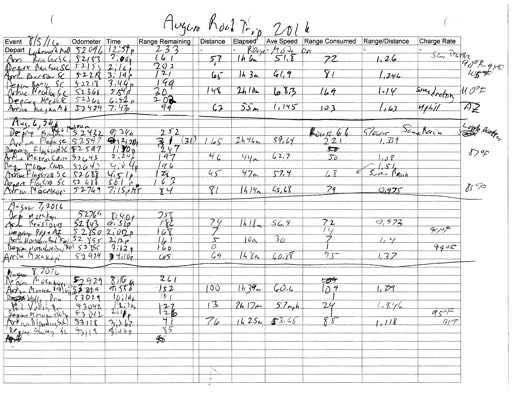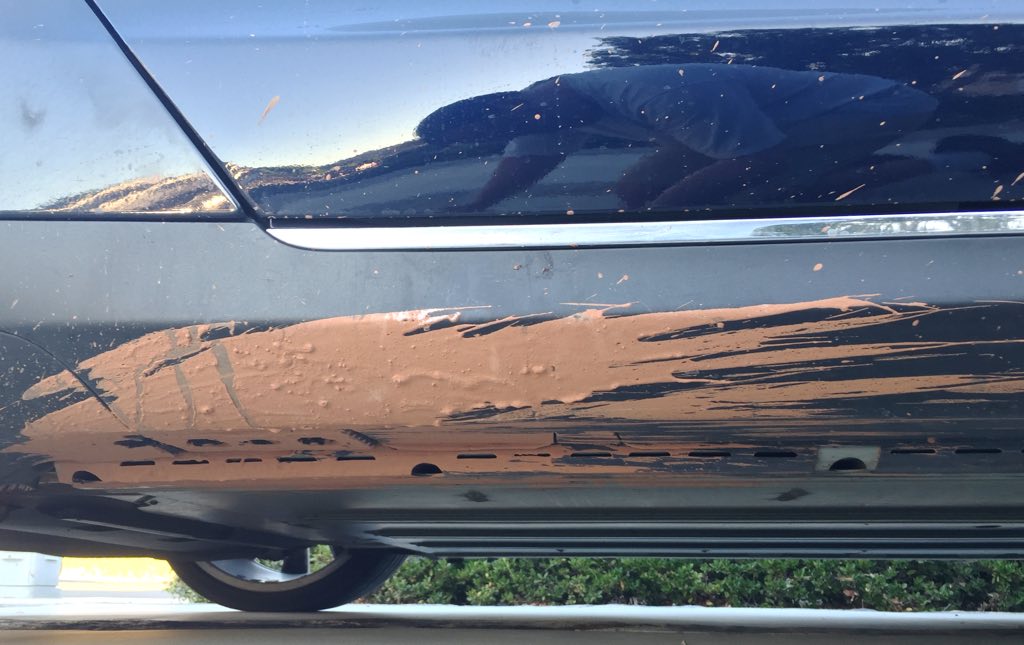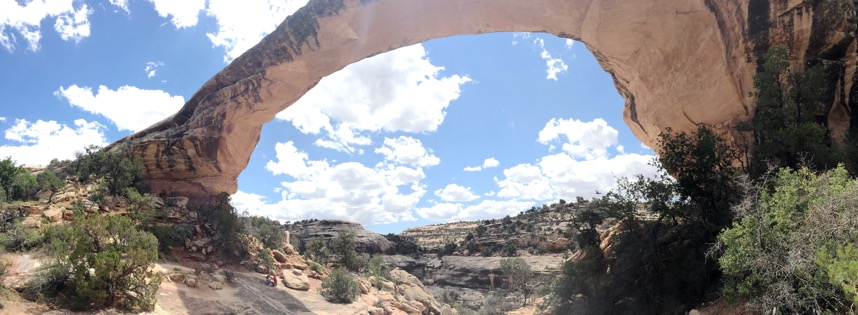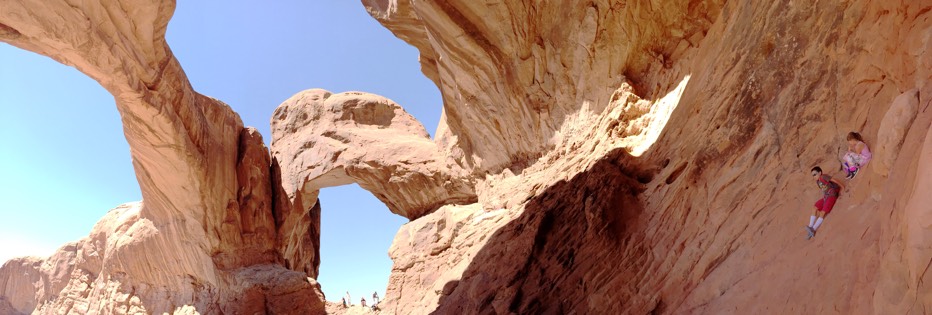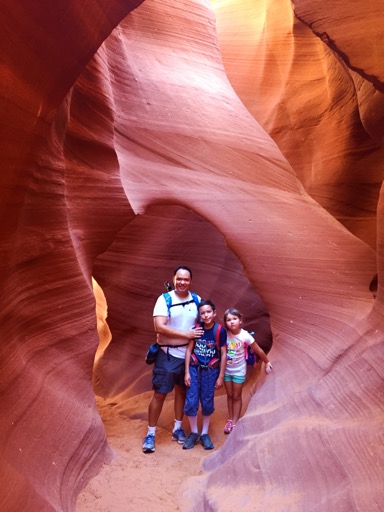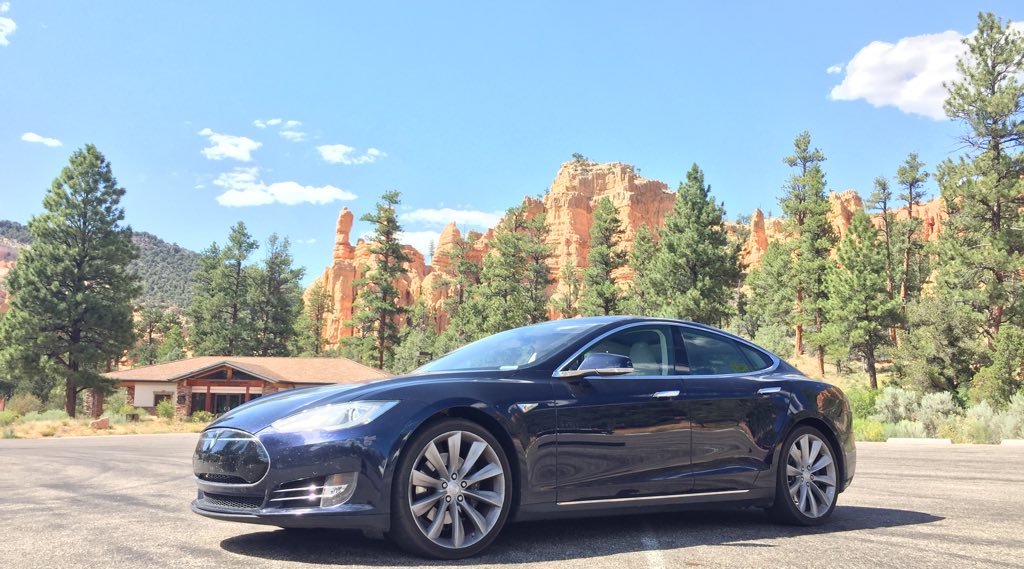Tesla Model S - Indian Country Road Trip
|
| |||||||||||||||||||||||||
| 2824-mile all-electric road trip exploring "Indian Country" |
| ||||||||||||||||||||||||
I designed this to be a great family road trip. Paraphrasing the most salient quote in the movie Cars: This was not a trip about making great time. We drove to have a great time. I set out to accomplish several goals with this road trip:
Not only do I hope other EV drivers follow my example, but the evidence posted here (if not others before me) lays to rest forever myths like "electric cars can't do road trips" and "you must have a second car". This Tesla Model S is my sole car. Check out my pictures and links above and it's easy to see they're not "grocery runs" or "city driving". You can do it, and, to the embarrassment of all other car companies, Tesla, starting in 2012 and for 4 years and counting, is the only provider of the all-electric solution that can show that capability. The excellent performance of Tesla's solution means the only remaining practical question about electrically-powered mobility is deployment: how many qualifying EVs can we make and how much infrastructure is enough. Cars can do trips only when there is enough infrastructure. A century ago there weren't enough gasoline stations to allow cars to drive where Tesla's can go today. I remember in the 1980's drivers had to be mindful that gasoline stations were far and few between on I-5 in California. Maybe it is easy to forget that the ubiquity of gas stations is a very recent phenomenon. Meanwhile the fact that Tesla's infrastructure is continuing to expand makes no sense to keep secret. Clearly, for this road trip, my access to infrastructure was enough: 17 properly-designed charging sites were more than enough to support 2824 miles of fascinating travel. Another lesson confirmed here: rushing from place to place without delay, as some critics presume, is not a lifestyle we should expect. Maybe uncommitted single people and truck drivers can live that way, but the pace of a family works best at a slower pace. It so happens that Tesla designed its cars and Supercharger network to fit that real-world human pace very well. As a family, we've already decided that we want to someday revisit these places (we did only easy hikes this time), and spend more time at the places this electric car can take us.
Thanks to Tesla Motors, the Moenkopi Legacy Inn, the Far View Lodge, the Red Lion Inn Salt Lake City, the Grand Lodge at Brian Head, and The Mirage in Las Vegas, the cost to refuel on this 2824-mile trip was $0. Sweet! Dean E. Dauger holds a Ph. D. in physics from UCLA, where his group created the first Mac cluster in 1998. Dr. Dauger is the award-winning author in multiple American Institute of Physics' Software Contests and co-authored the original, award-winning Kai's Power Tools image-processing package for Adobe Photoshop. After founding his company, Dauger Research, Inc., its debut product, Pooch, derived from Dr. Dauger's experience using clusters for his physics research, was soon awarded as "most innovative" by IEEE Cluster and continues to revolutionize parallel computing and clusters worldwide with its patented technology.
|
|||||||||||||||||||||||||
Thanks for having a look!
|
Copyright © 2016 Dean Dauger. |

|
|
